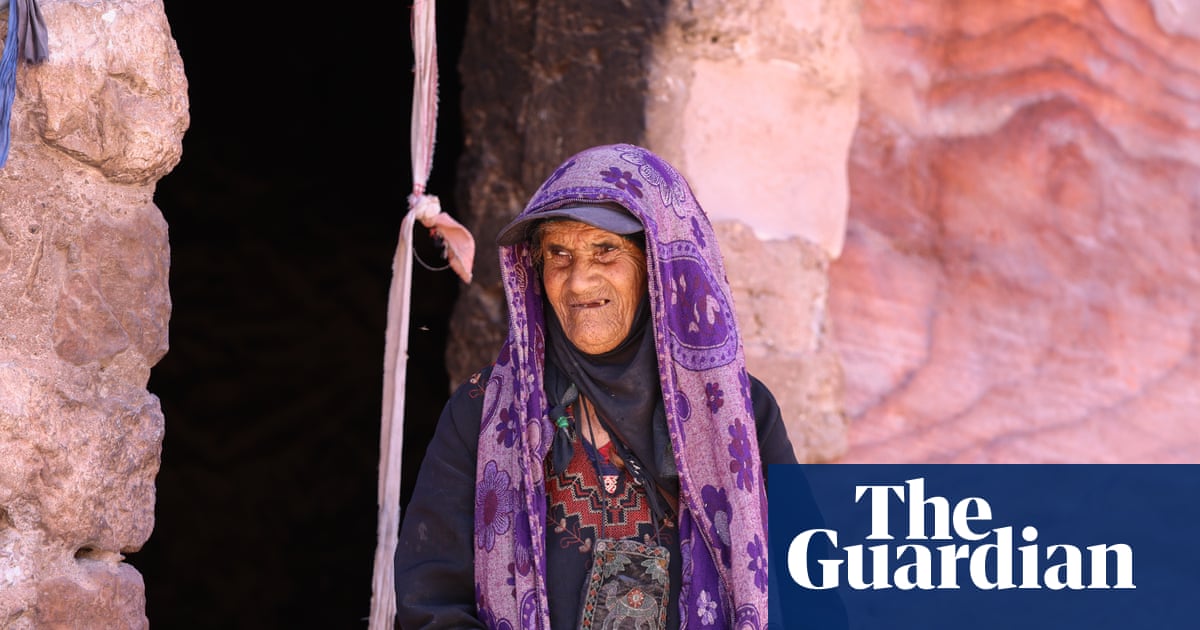
"By noon, the sun is high over Petra, bleaching the coloured sandstone cliffs and temporarily emptying its celebrated ruins of tourists. Vines and a canopy keep the terrace of Mohammed Feras s cave home cool despite the searing summer heat rising from the rocky valley. I have lived here all my life. I've never been anywhere else and I cannot imagine not living here. This area is part of who I am and I cannot leave it, the 44-year-old farmer and sometime tourist guide said."
"Within months, Feras and dozens of other Bedouin from the Bdoul community are likely to have left the caves they call home. There is little place for them in Petra as it is transformed by a major development programme that aims to build new facilities, regulate an anarchic tourist trade and provide a better experience for the hundreds of thousands of visitors drawn to the ancient site."
By midday Petra's sun bleaches the coloured sandstone cliffs and often empties the ruins of tourists. Mohammed Feras, a 44-year-old farmer and sometime guide, lives with his wife and nine children in four connected 2,400-year-old caves and an adjoining tent near Petra's temple and the Treasury. Within months Feras and dozens of Bdoul Bedouin are likely to leave those cave homes as a major development programme transforms Petra to build facilities, regulate the tourist trade and improve visitor experience. Human Rights Watch and other campaigners urge Jordan to halt relocations, warning that displacement endangers the Bdoul's culture. Petra originated as the Nabatean capital and was later annexed by Rome.
Read at www.theguardian.com
Unable to calculate read time
Collection
[
|
...
]